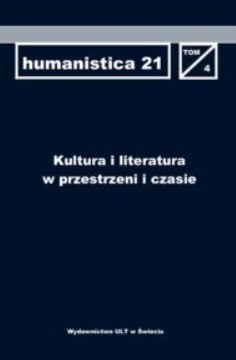Интеркультуральные коды Пространства и Времени в рассказе «Шамбала сияющая» Николая Рериха
Intercultural codes Space and Time in the story «Shambala shining» by Nikolai Roerich
Author(s): Saule Altıbaeva, Tatyana ŞevyakovaSubject(s): Cultural history, Semantics, Russian Literature, Phenomenology, Theory of Literature, History of Religion
Published by: Wydawnictwo ULT w Świeciu
Keywords: Roerich; Shambhala; universal cultural code; intercultural code; space; time;
Summary/Abstract: The article presents the results of the research into the universal intercultural codes Space and Time (topical in semantics and functional approaches) in the story Shambhala shining by N. K. Roerich. We attribute the universal intercultural codes to intercultural phenomena, since they are considered with reference to their inclusion in a cultural system (or various cultural systems). With regard to referentiality, the cultural code is understood as a specific mechanism (tool) for storing and transmitting through generations important information about the history, philosophy, spiritual and material culture of a person (an individual), of an ethnic group or a collection of ethnic groups, of a particular area, of a civilisation, of all of humanity, of the Universe (the Universum). In our opinion, Roerich devoted his lifetime effort to developing this global intercultural code - the Universum. The article presents cyclic and vertical models of the deepened interconnection of the informants of the cultural code Space in this metaprosaic work. Apart from the results of the research into the stylistic and narrative features of the work, the article presents also the specificity of the person sphere. The term cultural code is delimited, characterised and given its scientific substantiation in the context of literary studies. It is emphasised that the cultural code in the text is a complicated artefact, which is instrumental in disclosing the idea and conception of the work under discussion. The cultural code in an artistic work is ambivalent in nature: it has semantic and functional content.
Journal: humanistica 21
- Issue Year: 4/2020
- Issue No: 4
- Page Range: 109-129
- Page Count: 21
- Language: Russian

